Established in the earliest days of the American film industry, Paramount Pictures traces its lineage all the way back to 1912 and the founding of the Famous Players Film Company, which was one of three companies that would merge in 1916 and eventually become Paramount. Big-budget, mass appeal franchises is how one would describe many of the studio's most recognizable releases, including Star Trek, Transformers, and Mission Impossible. But if one were to look at Paramount Pictures’ most recent crop of films, it may appear that the studio is not particularly fond of taking risks. GLAAD’s 2016 SRI found that Paramount did not have a single LGBTQ-inclusive film in the studio’s 2015 slate. This lack has not always been the case.
Starting in the mid-nineties, Paramount released a string of films that were either LGBTQ-themed or LGBTQ-inclusive, including Home for the Holidays (1995), Clueless (1995), The Brady Bunch Movie (1995), Brain Candy (1996), Kiss Me Guido (1997), Election (1999), The Talented Mister Ripley (1999), and The Next Best Thing (2000).
In 1997, the studio partnered with Scott Rudin Productions to release the mass-appeal, gay-themed comedy In and Out, which garnered a great deal of publicity for a kiss between lead Kevin Kline and love interest Tom Selleck and became a box office hit. In fact, In and Out, along with fellow Paramount releases Mister Ripley and The Hours (2002), are three of the top 10 highest grossing gay or lesbian-themed films in the United States.
ALLIED
Widest theatrical release: 3,160 theaters
This World War II drama included an out lesbian couple. Bridget (Lizzy Caplan) is a Pilot Officer in the Royal Armed Forces and is the trusted sister of the lead character, Max. Bridget and her partner, Louise, have a handful of short scenes together, including one in which they share a kiss, spurring Bridget to say she will actually miss wartime because “no one cares who does what to who.” The story focuses so much on the romantic leads that there is no real screen time devoted to Bridget and Louise, but they are clearly out and in love in a difficult time. It is then even more frustrating that in a later scene the film trivializes their relationship when Bridget and Louise oblige a bunch of male soldiers who ask the women to kiss in front of them.
EVERYBODY WANTS SOME!!
Widest theatrical release: 454 theaters
While many headlines came out of this film’s release about the homoerotic subtext and male gaze being turned on male bodies, there was not actually any sincere queer content in this 1980-set college baseball comedy. The film includes a party scene in which star player Roper kisses a girl, and then encourages her to kiss the girl next to her. While the two go along with it, the scene was played to be purely at his suggestion rather than out of any desire on either of the women’s parts. At the same party, a group of performing arts students put on an Alice in Wonderland-themed sketch of The Dating Game. A male student portrayed the Queen of Hearts and, as part of the sketch, hit on another male bachelor. GLAAD did not count any of these characters in its final tally.
 FLORENCE FOSTER JENKINS
FLORENCE FOSTER JENKINS
Widest theatrical release: 1,528 theaters
Simon Helberg plays pianist Cosmé McMoon in this 1940s-musical comedy, based on a true story. For this report, GLAAD counts McMoon as a gay character, which the film repeatedly implies through innuendo though never confirms explicitly. In one scene, a man shares a glance with a blushing, flustered McMoon at a party and later pours McMoon a drink with his arm around his shoulders. The film’s end cards give an update on the real characters. McMoon’s musical career never took off past his gigs with Florence, but he instead developed an interest in bodybuilding and became a judge for several competitions before his death in 1980. He also reportedly worked at a bathhouse in New York City for a time. Though McMoon never came out, the scant amount of history available on his life does suggest he was queer at a time when many never felt safe to come out. Florence Foster Jenkins also included a seconds-long appearance by a character identified as real life actor Cole Porter, a fan of Florence, who attended her Carnegie Hall concert.
 STAR TREK BEYOND
STAR TREK BEYOND
Widest theatrical release: 3,928 theaters
The third in the Star Trek reboot series; Star Trek Beyond introduced the husband and daughter of Lieutenant Hikaru Sulu. When the USS Enterprise makes a stop at the Yorktown space station for shore leave, Sulu reunites with his husband, Ben, and their daughter. The two are seen a few other times in the film; running to shelter when the film’s villain is launching an attack on the city, and Sulu and Ben are spotted together again at Captain Kirk’s birthday party. The inclusion of a gay character as part of the core ensemble of a summer tentpole film is a huge step forward. Genre films like Star Trek, which exist in the worlds of their maker's own creation, have the opportunity to create unique societies beyond the biases that exist in our own world. By simply including diverse characters who are treated with the same nuance as any other character; these films are able to hold up a mirror to our own society and challenge preconceived notions. We hope to see Sulu’s story explored further in the upcoming sequel. Beyond is the only film distributed by a mainstream studio to be nominated at the 28th Annual GLAAD Media Awards.
 WHISKEY TANGO FOXTROT
WHISKEY TANGO FOXTROT
Widest theatrical release: 2,413 theaters
This dramedy based on a memoir of an embedded correspondent in Afghanistan included an incredibly brief scene at a wedding in which an older woman hits on Tina Fey’s character, Kim Baker. This moment is yet another example of the most common way that queer characters and content still appear in mainstream films: in service of a joke rather than story.
ZOOLANDER 2
Widest theatrical release: 3,418 theaters
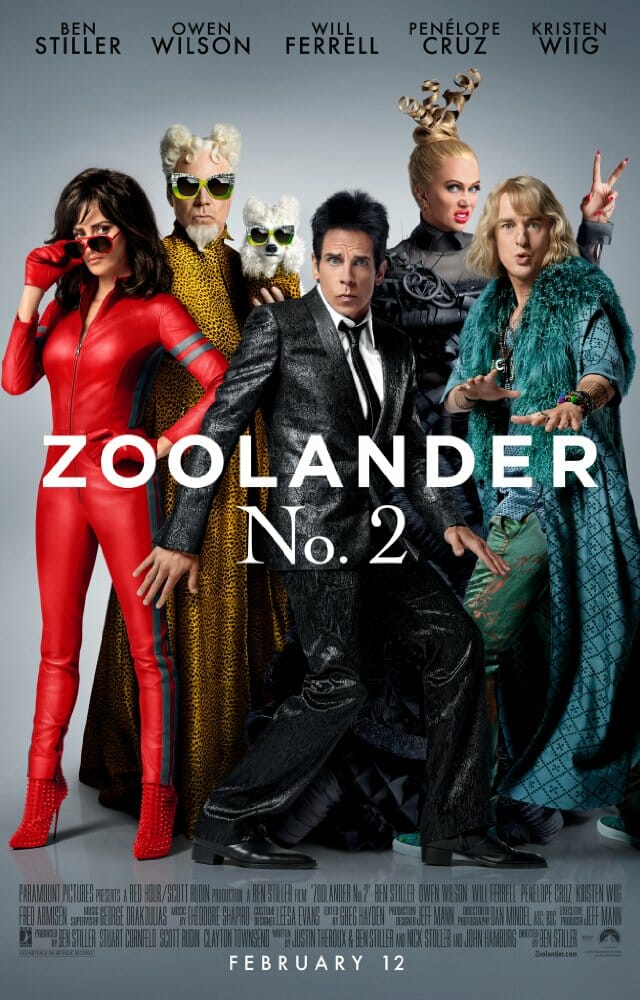 The second film in the Zoolander franchise, released 15 years after the first, was incredibly dated in both story and its attempted humor. While comedy can be a powerful tool to hold a mirror up to society and challenge expectations, cheap jokes constructed without thought that use an already marginalized community as a punchline only reinforce ignorance and prejudice. Further, positioning an LGBTQ identity as something which is inherently absurd and worthy of mocking does real harm to actual people who experience harassment and violence on a regular basis.
The second film in the Zoolander franchise, released 15 years after the first, was incredibly dated in both story and its attempted humor. While comedy can be a powerful tool to hold a mirror up to society and challenge expectations, cheap jokes constructed without thought that use an already marginalized community as a punchline only reinforce ignorance and prejudice. Further, positioning an LGBTQ identity as something which is inherently absurd and worthy of mocking does real harm to actual people who experience harassment and violence on a regular basis.
Dimwitted former model Hansel McDonald is now bisexual and involved in a long-term polyamorous relationship with 11 people, a mix of men and women led by Kiefer Sutherland as a fictionalized version of himself. After each person reveals that they are pregnant, Hansel runs away, attempts to break back into the fashion world, and tries to hook up with another orgy group (again a mix of men and women). In the end, Hansel returns to living with his original “orgy” as he refers to the relationship, and asserts that he is now ready to be a dad. The entire storyline ends up being a joke based in some of the negative tropes we still see so much with bisexual characters. These include the portrayal of bisexual characters as being more prone to infidelity than either straight or gay characters, depicting bi people as hypersexualized characters who will sleep with anyone, and positing bi characters as unable to form genuine relationships.
Prior to the release of Zoolander 2, a petition was launched calling for a boycott of the film after the first trailer included Benedict Cumberbatch as a non-binary model named All. The character is a completely cartoonish portrayal of a non-binary person. Hansel and Zoolander obsess over the idea of what kind of genitals All has, asking if they “have a hot dog or a bun.” All only refers to themselves in the third person, and it is mentioned that “All just married hermself” after “monomarriage” has been legalized. Later, All descends from the ceiling and whips Hansel and Zoolander while alternating between high and low pitch screams. One of the men yells, “It’s definitely a hotdog” referring to their earlier speculation on what is in All’s pants. All existed purely to give the audience something to laugh at, and the story added nothing to the film’s plot as a whole. It is incredibly disheartening that this was the only trans or non-binary character included in a mainstream studio film this year. This is one case in which we wish the character had been cut altogether.

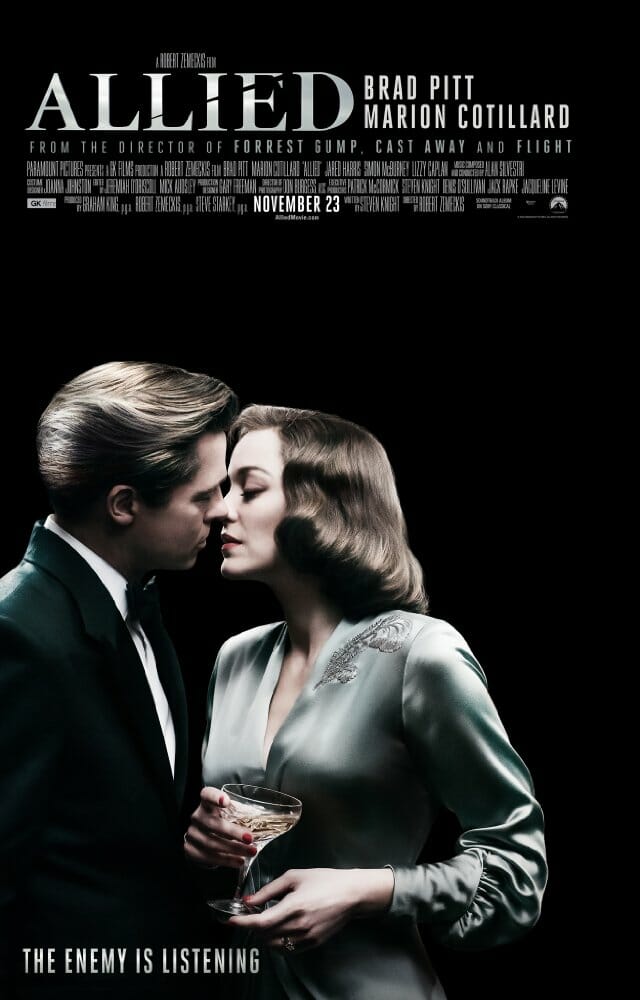
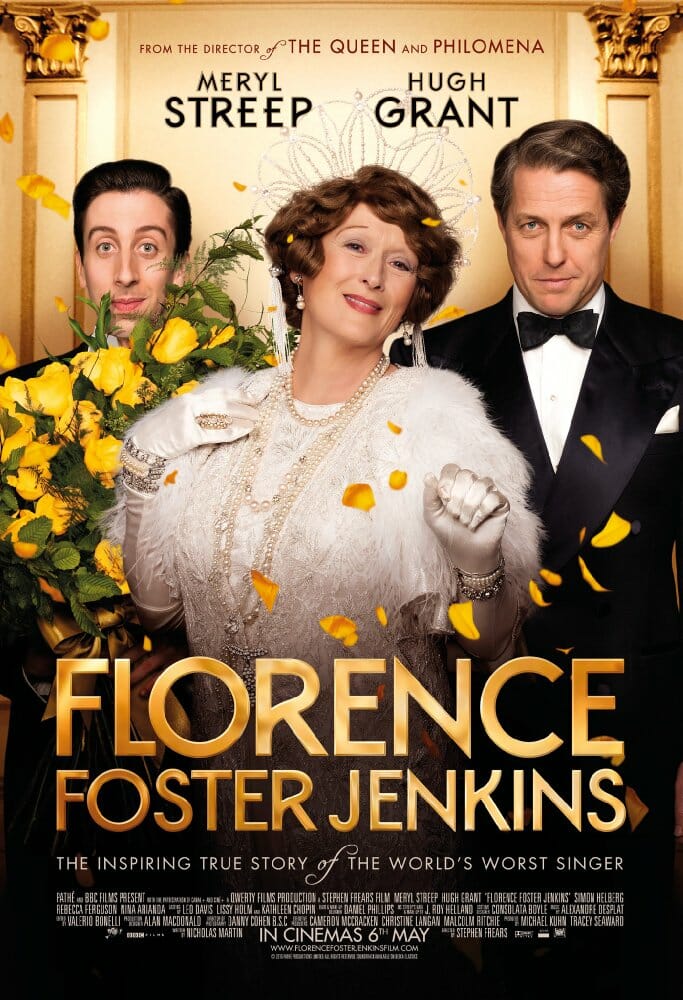 FLORENCE FOSTER JENKINS
FLORENCE FOSTER JENKINS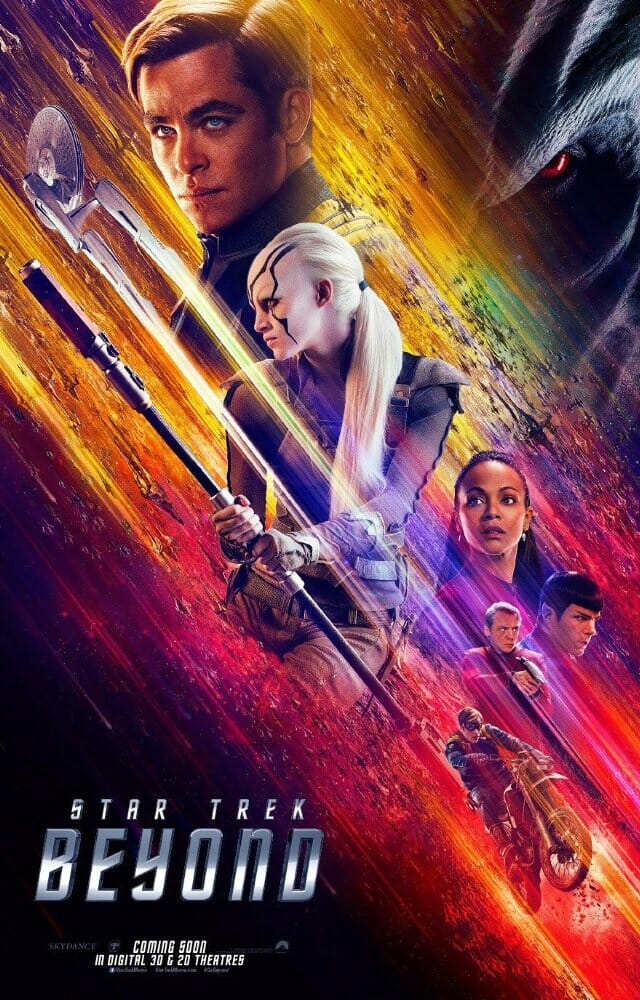 STAR TREK BEYOND
STAR TREK BEYOND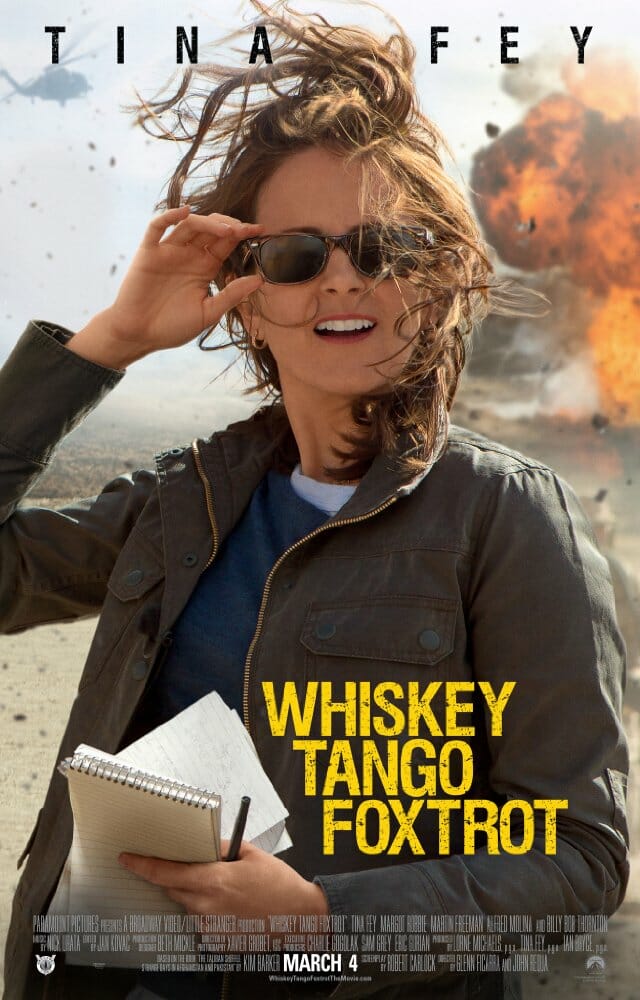 WHISKEY TANGO FOXTROT
WHISKEY TANGO FOXTROT










